India is the world’s top rice exporter, accounting for 41% of the global rice trade. Its total rice exports in the world last year (2021) reached 21.5 million tonnes – more than the total shipment from the next four biggest exporters – Thailand, Vietnam, Pakistan and the United States – combined. Rice is the staple food for over half of the population of the world, and Asia accounts for over 90%.
Beginning Sept 9, in a bid to control domestic prices and demands, the Indian government banned exports of broken rice. Additionally, it slapped an export duty of 20% on several varieties of rice, including rice in husk (paddy or rough), husked (brown rice) and semi-milled or wholly-milled rice. White and brown rice constitutes about 60% of India’s total global sales.
However, the measures do not affect exports of basmati or parboiled rice, the more aromatic and pricier type of rice. The broken rice refers to cheaper grade of rice. While broken rice is the major staple food in some African countries, it is used to make noodles and wine in China. But more than 150 countries that import Indian rice will be affected by the rice ban, one way or another.
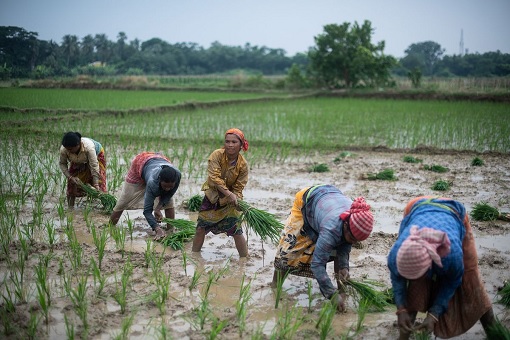
It was already bad that India banned all exports of wheat grain and sugar as early as May due to scorching heatwaves and Ukraine War. The ban has triggered a scramble for the commodity, leading to a 20% price spike. The country’s flour exports jumped 200% during April-July 2022 period. In August, the country imposed a restriction on “wheat flour” exports to calm domestic prices.
The overall food security will now get worse with the latest ban on rice exports, which India has blamed on insufficient and unpredictable monsoon rainfall. Major rice-producing states such as West Bengal, Bihar and Uttar Pradesh are receiving 30% to 40% less rainfall. This translates to rice production drop by 10 to 12 million tonnes – a plunge of 7.7%.
According to Nomura research, the high cost of rice in retail markets hit 9.3% year-on-year in July. Consumer price inflation (CPI) for rice also spiked 3.6% year-on-year in the same month. In the region, the Philippines and Indonesia will be most vulnerable to India’s ban on rice exports. The Philippines, for example, imports more than 20% of its rice consumption needs.
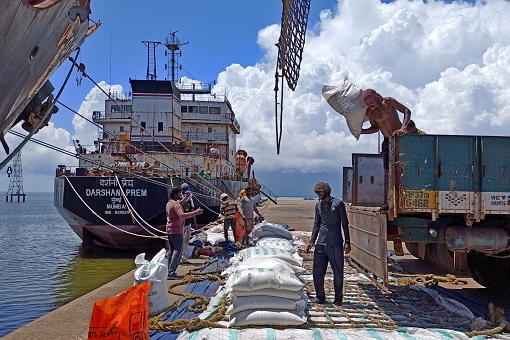
While the Indonesia Ministry of Agriculture has been quite successful in increasing the national rice production in efforts to achieve food sufficiency and sovereignty, its production could not meet the local demands. Its reliance on imports for 2.1% of its rice consumption needs might not sound a lot. But with its 275 million population, rice makes up about 15% of its food CPI basket.
Singapore, despite importing 100% of its rice consumption (28% import from India), the share of rice in its CPI basket is very small. That’s because the island has the advantage as a high-income country, where its strong currency provides high purchasing power. A Singapore dollar is trading at 10,653 Indonesian Rupiah, 40.85 Philippine Pesos, 26.25 Thai Bhat and 3.23 Malaysian Ringgit.
Another country to be affected by India’s ban on rice exports is Malaysia, which imports more than a quarter (30%) of its rice requirement, sourced mainly from Thailand, Vietnam, India and Pakistan. The annual requirement of rice for Malaysians is 2.5 million metric tonnes. However, the country’s rice production is about 70%, making it a net importer of rice.
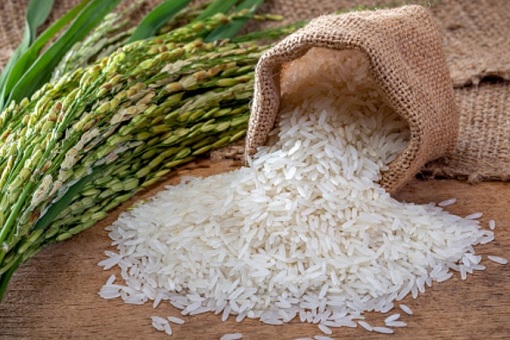
Because Malaysia’s 33 million populations are less than 3.5 times the Philippines’ 115 million populations, the rice export ban is less severe than the Filipino. In actuality, before the Ukraine War, Malaysia already faced the “Food Price Crisis” during the U.S. subprime mortgage crisis, which subsequently triggered the Great Recession (December 2007 – June 2009).
The 2007-08 Financial Crisis saw many Southeast Asian countries shifting their rice policies towards production. The Malaysia government too has introduced its own programme – National Food Security Policy – which was supposed to boost domestic rice production with a short-term target of achieving a self-sufficiency level of 86% by 2010. But it was more rhetoric than substance.
In comparison to Indonesia’s rice production and import figures, obviously the government of Malaysia has failed to achieve national food security despite having abundant agriculture land. Worse, while neighbouring Singapore has a stockpile for 3 months, Malaysia’s rice stockpile is only sufficient to meet a month (200,000 metric tonnes) of the national requirement.
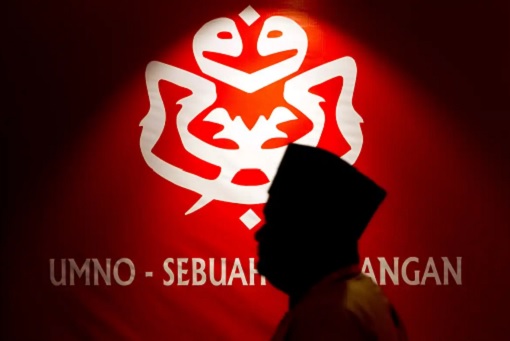
What’s wrong with Malaysia? Since independence in 1957 (with a brief interruption between May 2018 and March 2020 under opposition rule), the governing party – United Malays National Organization (UMNO) – has operated a single-party dominant regime. This has led to authoritarian system where corruption, cronyism, nepotism and racism dominated the political landscape.
Razaleigh Hamzah, a veteran UMNO lawmaker admitted that “haywire” implementation of the New Economic Policy (NEP) – a racist and discrimination policy – was the cause of rampant cronyism and rent-seeking. And the entrenchment of rent-seeking and patronage system into the fabric life of the country have come back to haunt the country and its people, including the majority ethnic Malays.
The NEP, derived from “Ketuanan Melayu”, the ideology of Malay supremacy espoused by UMNO, saw politicians lining their own pockets and colluding with businessmen unable to compete without preferential treatment. Instead of meritocracy, political connections paved the way for instant and easy profits through corruption, poor regulation and even blatant transfer of public assets through privatization at fire-sales.
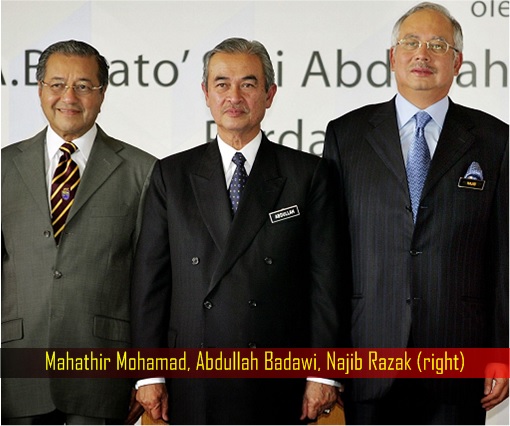
Treating national oil company Petronas as its personal “piggy bank”, the UMNO government has “plundered” at least RM529 billion in dividends, taxes, export duties and petroleum revenue over more than three decades. Yet, they still can’t fix the issue of rice sufficiency, let alone national food security for a nation with just 33 million people.
For example, last year (some 15 years since the 2008 Financial Crisis), then-PM Muhyiddin Yassin was still talking about “The National Food Security Action Plan 2021-2025” – an initiative towards a sustainable food system. This year, the newly installed Prime Minister Ismail Sabri has again talked about effort to strengthen the nation’s food security, amid food crisis triggered by the Ukraine War.
As usual, food security committees were formed once again to study about land allocation for agriculture, infrastructure fees, development of food industries and whatnot. But when the clueless government was running around like a headless chicken during the shortage of chicken and eggs crisis recently, how do you expect decades-old problem like rice production to be solved?

The solution to supply shortage and high prices of rice is as simple as increasing the sources of supply. When supply is more than demand, naturally the price will fall. So, why isn’t rice production increased or rice supply sufficiently stockpiled? The simple answer – monopoly on rice import by BERNAS, a company controlled by Syed Mokhtar Albukhary, an UMNO proxy.
Not only billionaire Albukhary controls the sugar business, he also monopolizes the rice in the country when his company Tradewinds acquired Padiberas Nasional Bhd (BERNAS), the country’s sole rice importer. It was revealed that Bernas’ gross profit per month is about RM8.7 million, translating to RM104.4 million annually for doing nothing except arranging the import of rice.
Worse, the UMNO proxy got greedy when Bernas increased imports of cheap low-grade rice, causing small-scale rice millers to shut down. By systematically killing millers and paddy farmers (who happen to be ethnic Malay) instead of assisting them, the tycoon managed to maximize his profits. Do you know that about 90% of paddy farmers in Kedah, the nation’s rice bowl state, are in debt?
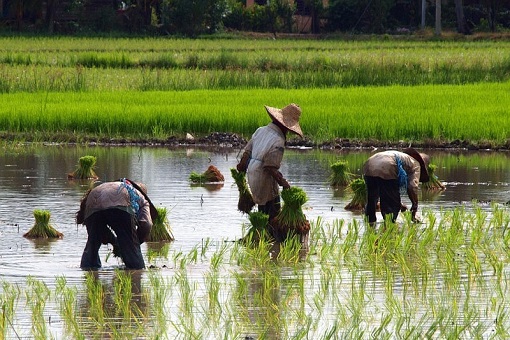
In 2018, it was revealed that 300,000 farmers in Kedah were drowning in debt due to shrinking incomes and increasing operating costs thanks to rice monopoly. The net income for an average farmer was only RM600 per month, forcing them to borrow to stay in business. To add salt to injury, some have to pay rent on the land because not all farmers own them.
BERNAS was actually a corporatized entity of “Lembaga Padi dan Beras Negara” (National Paddy and Rice Board, which was formed in 1966) under the management of the Ministry of Agriculture in 1994. Among the responsibilities of Bernas was to ensure fair and stable rice prices, to provide sufficient supply of rice and to assure quality and standard of rice to consumers.
It was then privatized in 1996 and publicly-listed in 1997, before sold to Albukhary. Bernas was granted the exclusive right to import rice for 15 years, up to 2010 with another optional 5-year extension. However, thanks to Albukhary’s political connections, Bernas becomes a forever cash cow as it has remained as the single rice importer ever since, with its monopoly license automatically renewed.
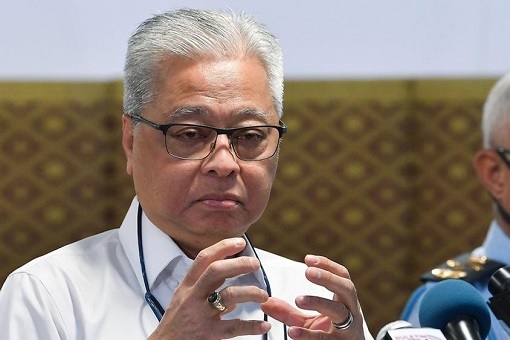
During the chicken crisis in May, PM Ismail Sabri proudly announced that AP (“approved permit”) required to import foodstuffs into the country will be scrapped. He said – “This will enable all parties to import any food items into the country”. The turtle-egg man lied – the Agriculture and Food Industry Ministry says importers must still have an IP (import permit).
In truth, “only four” specific types of agro-food commodities were no longer subject to AP. Other food items such as rice still require AP. Meaning billionaire Albukhary still controls the rice business till today and other rice traders cannot import rice and source their own supply from different countries freely. Instead of increasing local production, Bernas kills local farmers because it was more profitable to import rice.
Thailand and Vietnam, the world’s second and third-largest exporters of rice respectively, will most likely to profit from India’s ban, which will boost the rice prices. According to Statista, the import value of rice to Malaysia was valued at US$620 million (RM2.48 billion) in 2020 based on currency exchange of RM4 to a dollar. Between 2020 and now, rice prices have jumped more than 40%.
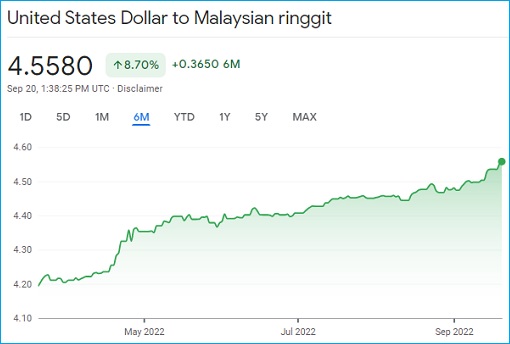
Adding fuel to the fire, Malaysia Ringgit continues its free fall to as low as RM4.558 to a dollar today (Sept 20). Therefore, the same amount of rice import in 2020 would cost a whopping RM3.95 billion today – RM1.5 billion more. The country is losing billions of dollars because Bernas has no intention to help promote the local rice production. It is a profit oriented private company with a monopoly in rice import.
Other Articles That May Interest You …
- Ringgit In Freefall To RM4.80 – Finance Minister Zafrul Had No Clue That Imports & Debts Suffer With Stronger Dollar
- Printing RM1.9 Trillion – Why Ringgit Could Breach 4.50 And Plunge Into A Free Fall As Investors Continue To Lose Confidence
- Too Little Too Late – Bank Negara Raises Interest Rate To Rescue Tumbling Ringgit Under Pretext Of Fighting Inflation
- Ringgit Hits 2-Year Low Of 4.36 Despite High Oil Price – How UMNO Leaders Destroy The Currency In The Last 25 Years
- 7 New Taxes That Najib & UMNO Plan To Introduce After They Win The 15th General Election
- Food Prices Skyrocket – The Return Of Monopoly & Cartel Run By Rich UMNO Malay Elites To Profit From The People
- Driving Investors Away – Prolonging Covid-19 Pandemic In Malaysia Threatens Global Semiconductor Supply Chain
- Karma!! – Muhyiddin Cries & Lies Even After Resign, From Plotting With Crooks To Killing 13000 People To Achieving 0% GDP
- Congrats Muhyiddin! – Here Are The Letters From German, Japanese And Dutch Investors Threatening To Pull Out
- The Worst Is Yet To Come – Muhyiddin’s Mishandling Of Covid-19 & Mismanagement Of Economy Is Worse Than Trump
- Printing Money – The Stupid Backdoor Deputy Minister Who Thought Malaysia Ringgit Is As Powerful As US Dollar
- Get Ready For Bad Time Ahead! – As Malaysia’s Economy & Corporate Debt Get Worse, Retrenchment Has Just Begun

|
|
September 20th, 2022 by financetwitter
|


|

|

|

|

|

|




























Comments
Add your comment now.
Leave a Reply